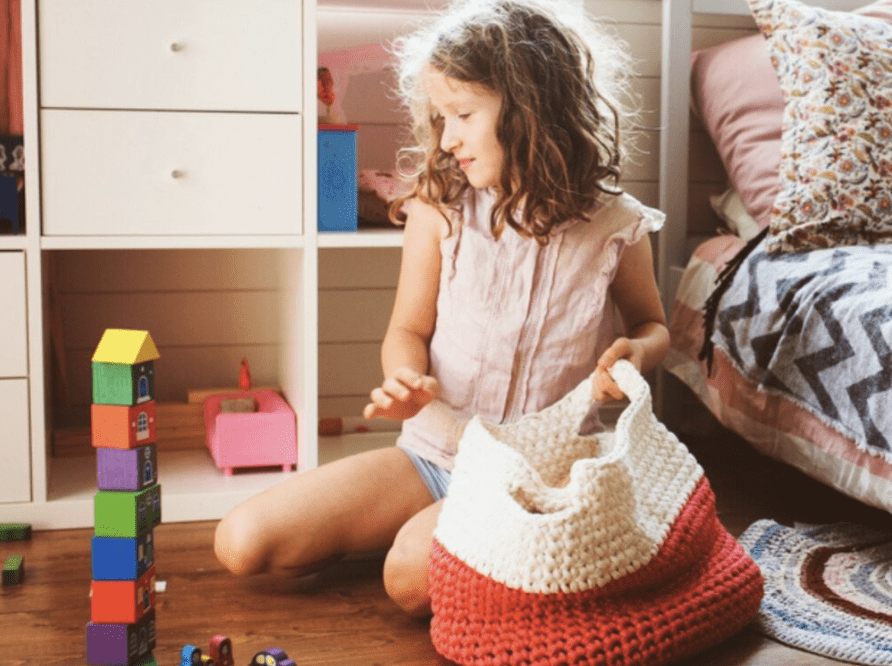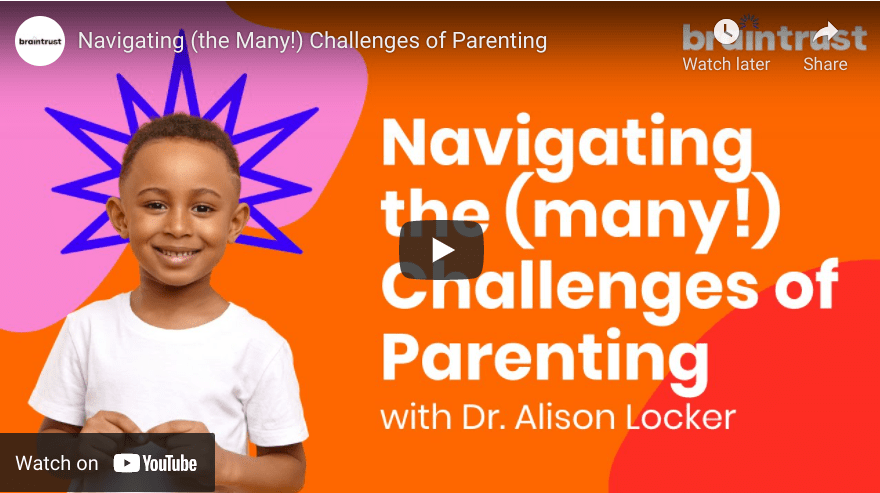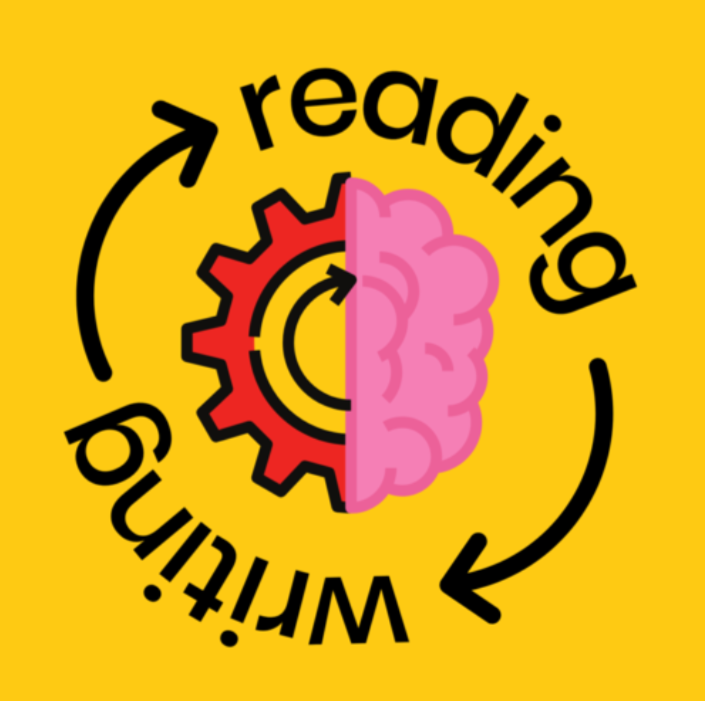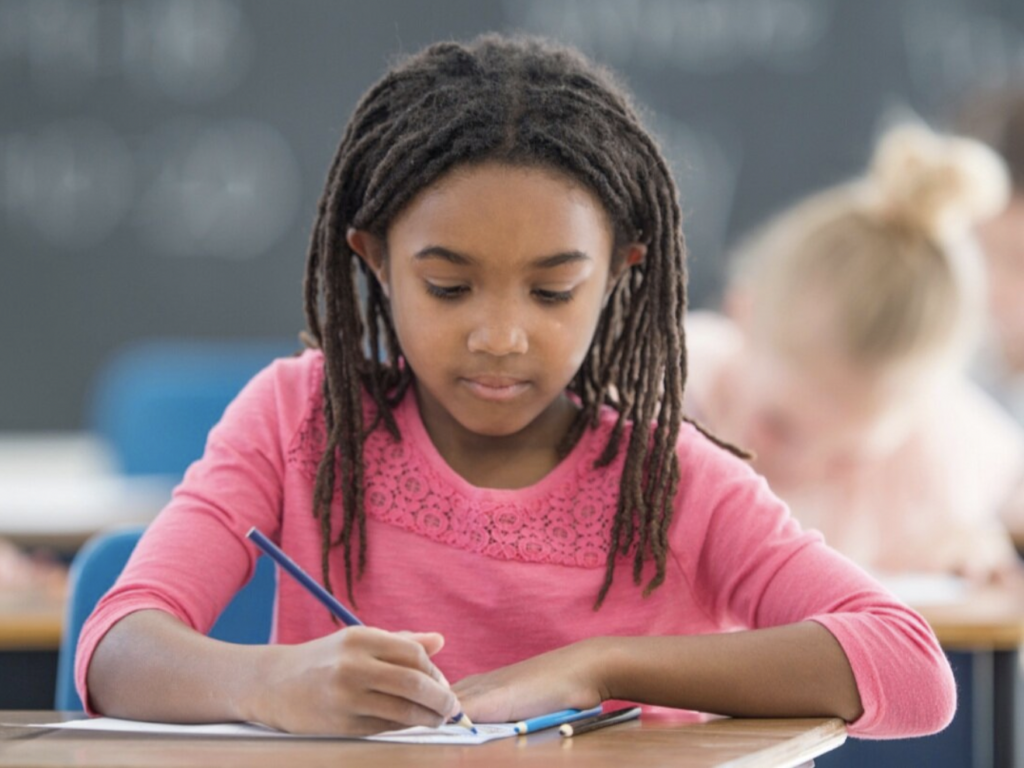
One of the most common challenges associated with executive function issues is organization. Students who struggle with executive functioning (and even many who don’t) have a hard time organizing information and materials. Depending on the severity of these organizational challenges, students’ academic performance can be moderately impacted at best, and stopped in its tracks at worst. But even for the least organized student, there is always the potential to grow. With the right tools and strategies, students can go from having zero organizational skills to independently creating systems to help them succeed with academics and beyond.
Organizing Materials and Physical Space
You’ve already asked your kids to clean their rooms three times. Each time, they’ve said they will in a minute. Every time you return to find that they haven’t started yet, your blood pressure rises. Your tone changes, and so does theirs. Sometimes, they make a show of “cleaning,” without real effort, and you just don’t have the energy to push them. Other times, they flat-out refuse, and this escalates into a full-blown fight.
Does this scenario sound familiar? This dance is all too familiar to many parents and can happen with kids of any age. What many parents don’t know is that the child’s resistance to cleaning their room may be a sign that they just don’t know how. When a child resorts to shoving their pile of toys under the bed, it’s not always out of laziness. It may be that they genuinely didn’t know what else to do with their things. This is especially true for any student who struggles with executive functioning. Instead of repeating the cycle, here’s how you can help your child develop these skills:
Make sure everything has a specific place. Once your child is old enough, involve them in the process of organizing their room. A kindergartener might not be able to perfectly fold all of their shirts and pants. However, they can decide which drawer will be designated for which items, or which bins are for blocks and which for art supplies.
Use labels. The extent of your labeling is up to you, but keep in mind that the more difficulty your child has with organization, the more labeling can help. You can use pictures, words, or colors. They key is creating a simple system that your child will understand and be able to follow.
Use the “KonMari” method. Marie Kondo has famously been helping people of all ages stay clutter-free through her method of organization. She suggests going through items one category at a time, deciding if each individual item “sparks” joy or not. If it doesn’t, throw it out or recycle it. For students who have an especially hard time getting rid of things, start with three categories: “keep,” “toss,” and “undecided.” Once they’ve gone through items once, they can revisit their undecided pile and ask themselves once more if these items bring joy.
Clean up with them, but don’t do it for them! Think of yourself as your child’s cheerleader while they tackle the mess. You can offer encouragement and guidance if they run into obstacles (like where should I put this giant stuffed bear? Or what should I do with the dirty clothes that won’t fit in my overfilled hamper? Maybe you’ll tackle a lesson on doing laundry next time…)
Remember, taking these steps to ensure your child is learning organizational skills may feel tedious and time-consuming, but it’s worth it. But not only are you setting them up to take better care of their belongings and the space in which they live, you are making your own life easier in the long-run by helping them build this independence!




